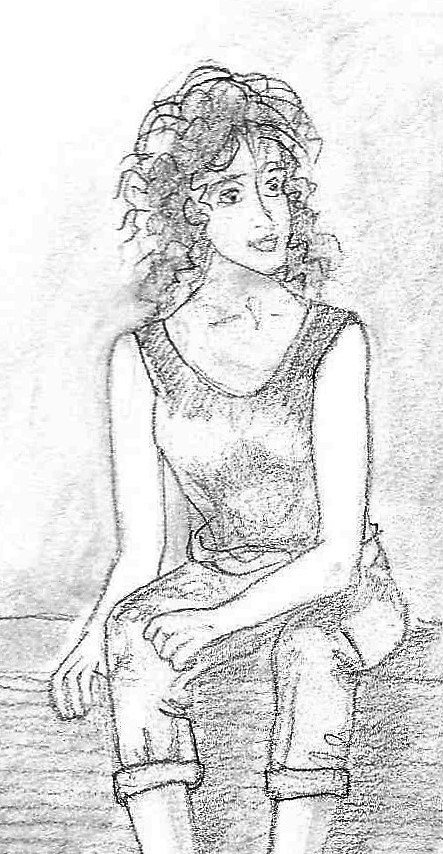continuity errors
As I do revisions of my new manuscript, I find continuity errors in the First Draft. A perfect example cropped up today.
~
The story revolves around the clues contained in a shoe box of post cards. About a quarter of the way through the book, someone steals the post cards. In the next chapter, Kaye and her friend Clara make a list of the post cards and a summary of the clues. Hard to do if they don’t have the cards with them! This kind of continuity error is easy to find and correct. Switching the chapters and correcting any new continuity errors is relatively easy.
~

~
Fixing continuity errors begins with identification.
~
My main tools in this process are the “find” feature of my word processing software and a “table of chapters” that tracks the characteristics of each chapter. The table includes chapter-specific information on scenes, days/dates, setting, characters, Point of View, symbols and so on. This table is a lot of work, but it helps me over and over again during the review process.
~

~
In my search for continuity errors, I consider:
1. days and dates: I begin every chapter and scene with a day and date. This helps the reader to understand passage of time and helps me with time-related continuity errors. For example, Katie is in Grade 10 at school. On Tuesdays, she can’t be driving around with her mom looking for clues. The table lets me check on these various characteristics of the story and the time/order when events occur.
2. symbols used in the story: mentioned once in a story, a firepit is just a firepit. Mentioned twice, it begins to resonate; it refers to earlier mentions and takes on metaphorical meaning. Mentioned three times, it is all metaphor, a reminder of family, warm memories of a cold night and gathering. When these symbols are identified in the table of chapters, I can forward search on each symbol and read the context. The progression of meaning should be steady and discernible. Ideas out of order can be identified and their order fixed.
~

~
3. character development: sometimes continuity errors are about an out-of-order character arc. When Clara’s home suffers a break-in, she is fearful and unwilling to trust strangers. When she meets Daniel, she learns to trust again, but the progression of this change must be logical and gradual.
4. gradual changes to setting: sometimes significant changes to setting create continuity errors. For example, in my book, an old road is bulldozed. The first time it is used it is muddy, almost impassible. When cars use the road later in the story, I have to explain the change with a spell of dry weather.
~
Continuity errors can creep into a story in so many small ways. Character names, hair colour, vehicle make and model, even community names … everything needs to be checked. In the revision stage, it is important to review the story with intent and focus: continuity errors are most easily identified when the writer’s brain is attentive, alert. Drowsy-minded reviews are for finding and removing adverbs!
~
All this effort is needed. Readers can be ripped from the world created by a book if the heroine with curly red hair suddenly has hair that is wispy and blond. Readers can be unforgiving.
~

~
Have you ever found an unforgettable continuity error in a book?
~
All my best.
Stay home, stay safe.
Jane




















Smart post, Jane!
LikeLiked by 1 person
Lee D. Thompson
June 17, 2020 at 10:38 am
Thanks Lee. I have learned a lot from you.
LikeLike
jane tims
June 17, 2020 at 6:52 pm
Very interesting tools and techniques, Jane. Thanks.
LikeLiked by 1 person
Jane Fritz
June 15, 2020 at 9:59 am
This is likely the biggest part of revision. The story tend to grow at this stage as you add linkages and background.
LikeLiked by 1 person
jane tims
June 15, 2020 at 5:33 pm